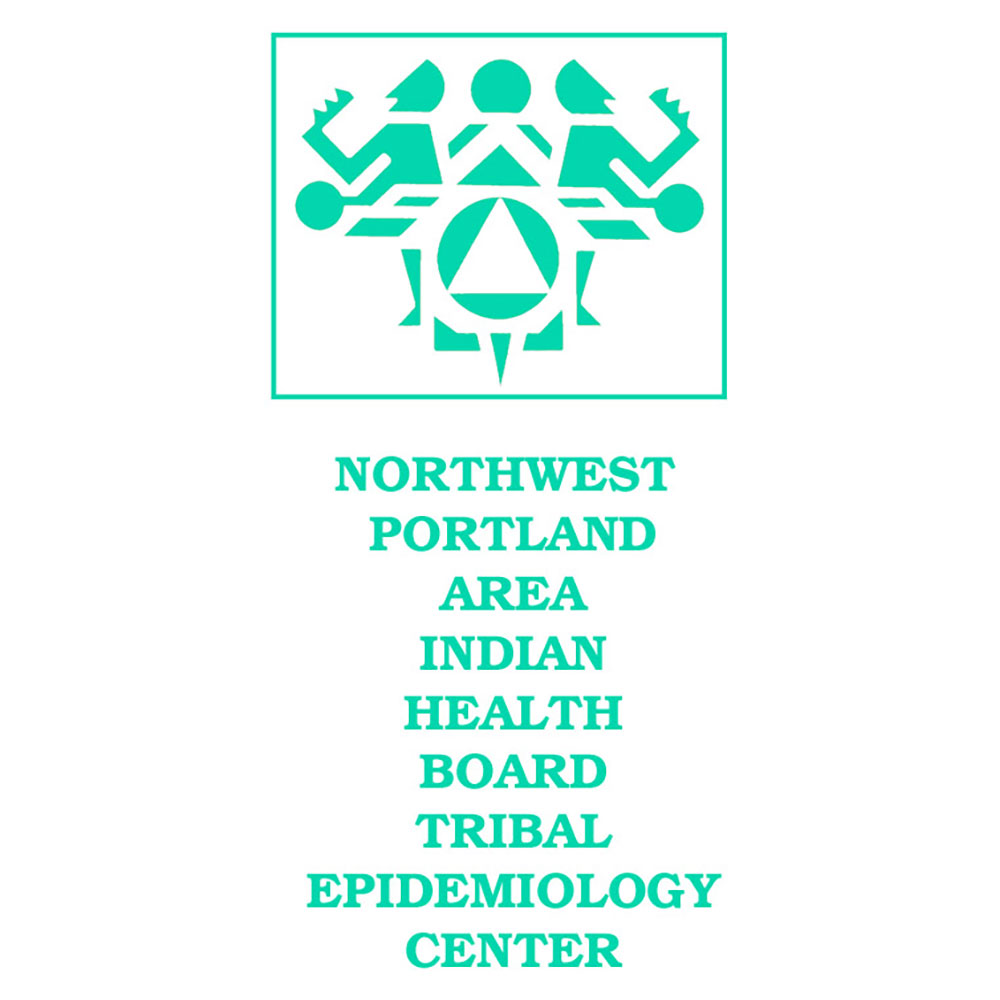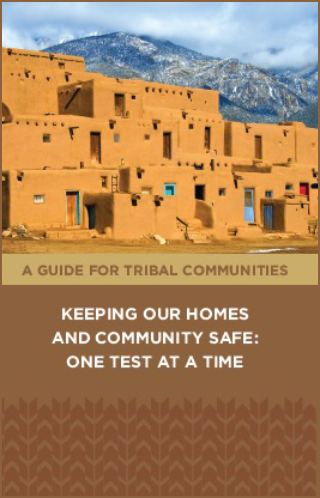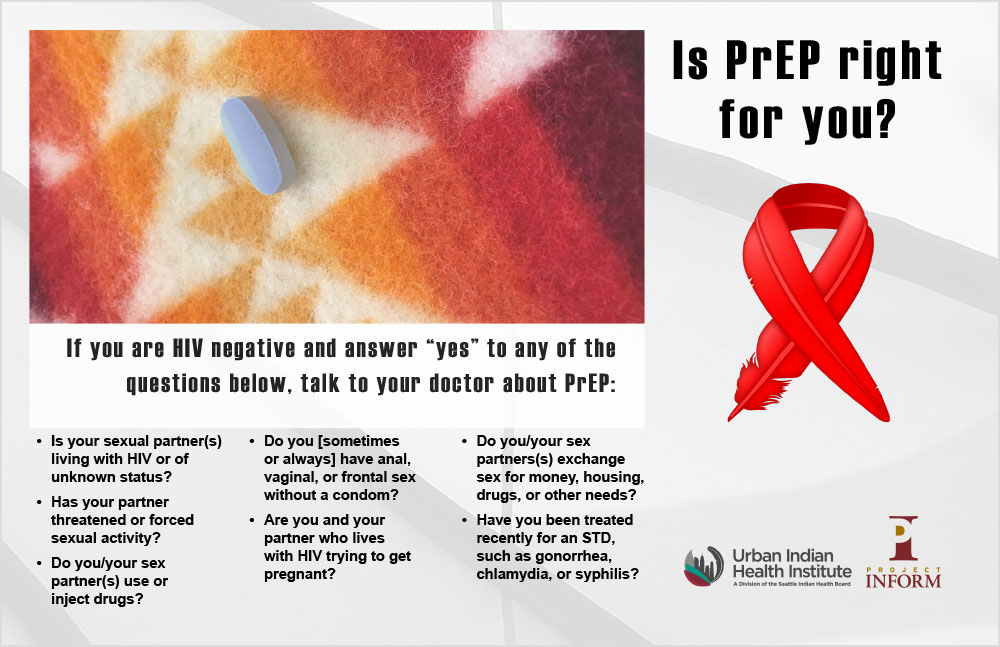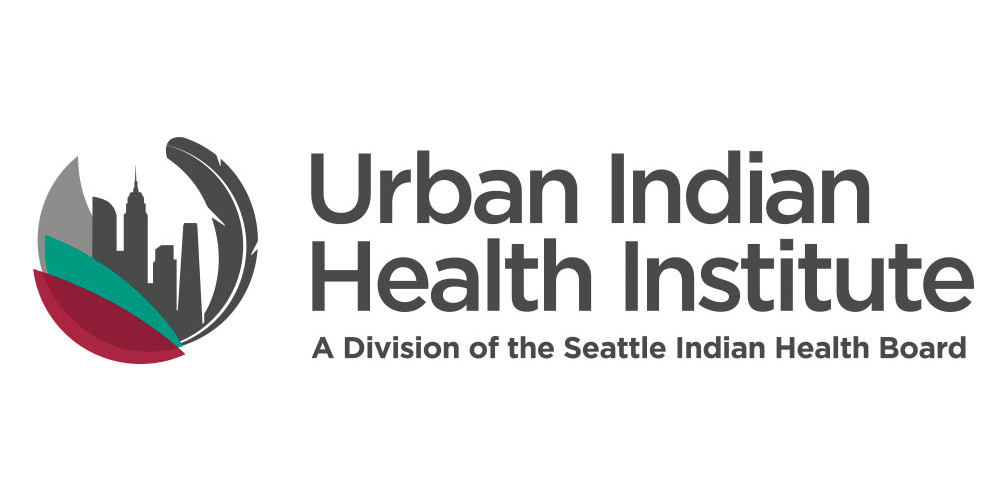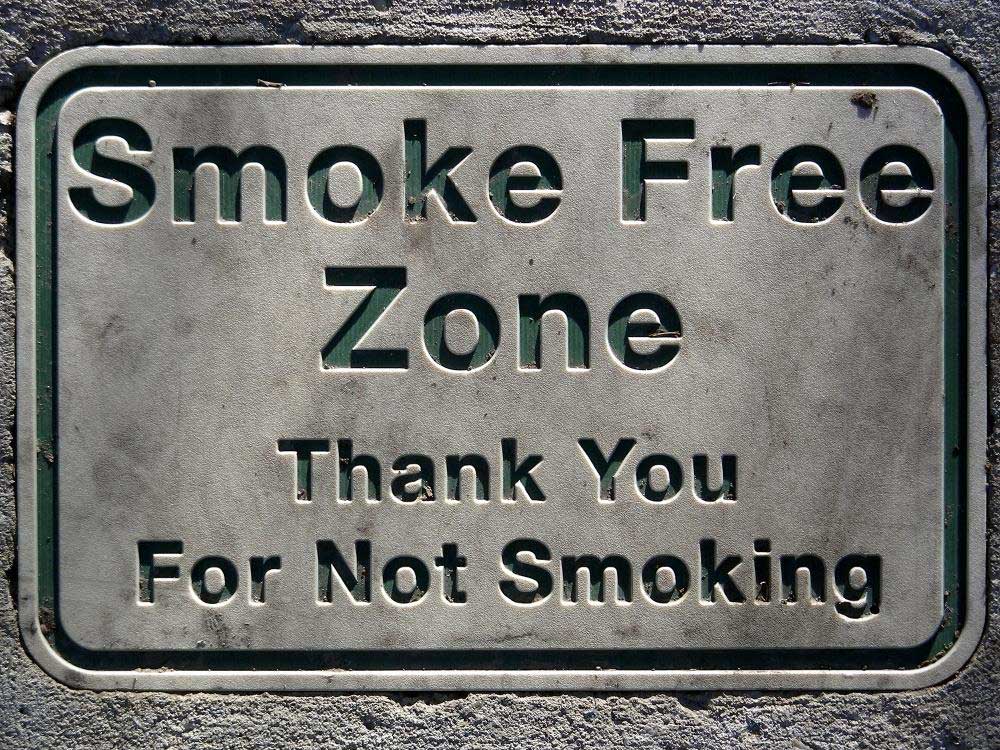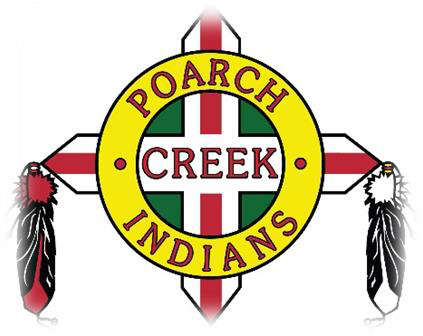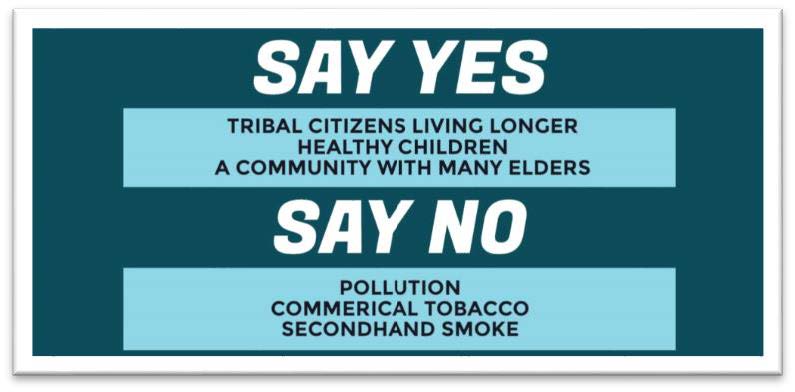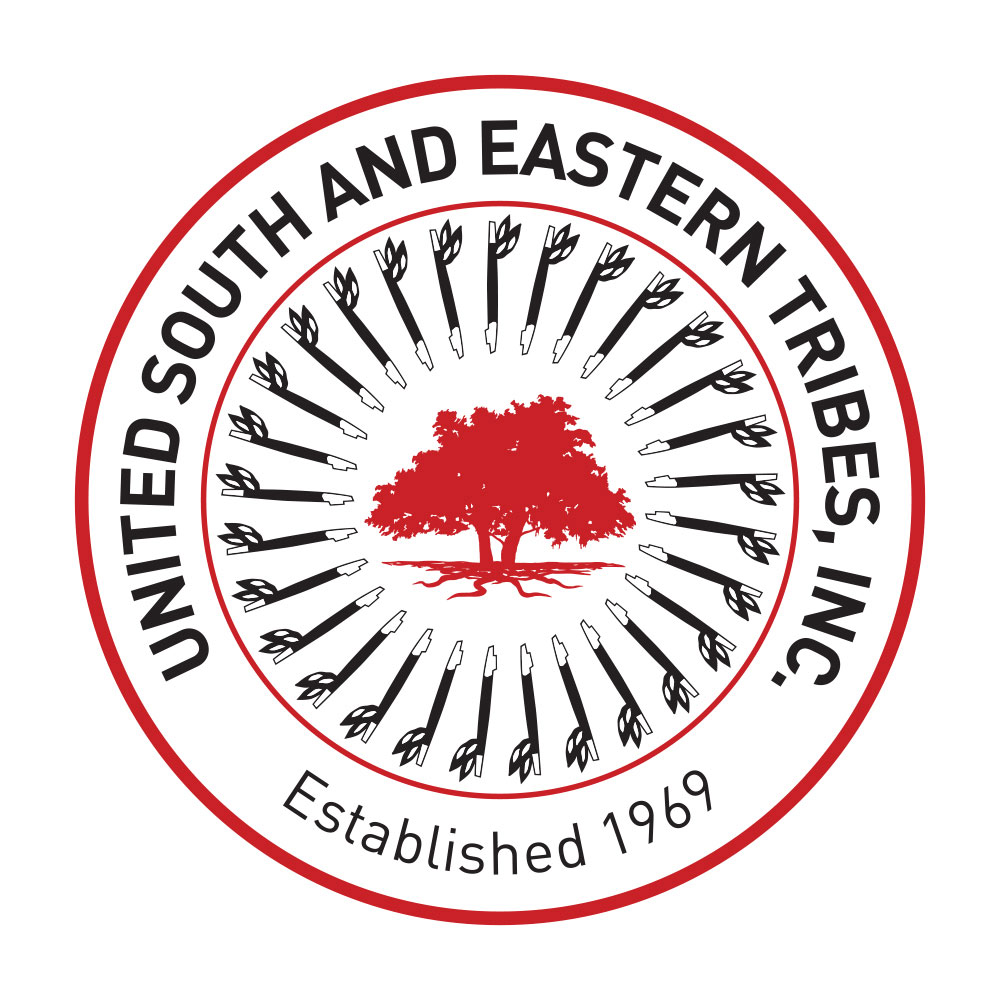The Northwest Tribal Epidemiology Center at the Northwest Portland Area Indian Health Board has a focus on data, training and tribally driven technical assistance. Since its earliest efforts the NWTEC has focused on tribally driven projects. The NWTEC has had strong support for our Good Health and Wellness in Indian Country (GHWIC) projects, impacting policies, systems and the environment to promote health change and improvement.
WEAVE-NW is the project that has been funded by the Center for Disease Control and Prevention (CDC) under the Good Health and Wellness in Indian Country (GHWIC) initiative. Five staff members at the NWTEC are working specifically on WEAVE-NW.
Using funding provided by CDC to the NPAIHB, WEAVE-NW has given sub-awards to various tribes throughout the three state region served by the NWTEC; Idaho, Oregon and Washington States.
Many of the funded Tribes are focused on community gardens, reintroduction and support for traditional foods, and food policy initiatives.
In 2016, sub-awardee tribes attended the Native American Nutrition conference in Prior Lake, Minnesota. During a debriefing session, provided by WEAVE-NW with the sub-awardees, there was interest for more inter-tribal collaboration for addressing their community food systems. Elected leaders and community leaders, elders, and tribal employees from across the region have also expressed the need for more partnership, planning, and policy development for tribal food sovereignty.
WEAVE-NW has taken the lead in developing and facilitating a new coalition, the NW Tribal Food Sovereignty Coalition. Currently the coalition is in the planning and recruitment stages. This coalition is being formed to ensure the sustainability and viability of the food sovereignty work begun by the funded tribes. The purpose will be a mixture of networking, sharing resources, and development of sub-groups that will work on identified priority areas and goals. The coalition has met twice via video conferencing in the fall of 2017 and the first official in-person meeting will be held on March 1st, 2018 in Portland, Oregon.
There is an epidemic of preventable, diet-related diseases that is directly associated with the lack of access to healthy and traditional food resources. The coalition is an opportunity for tribes and tribal organizations to convene efforts that are driven by cultural revitalization, empowering communities, and the use of innovative strategies to improve the health of the people.

